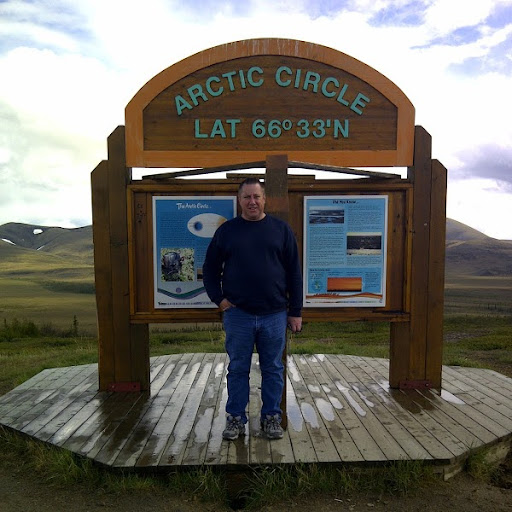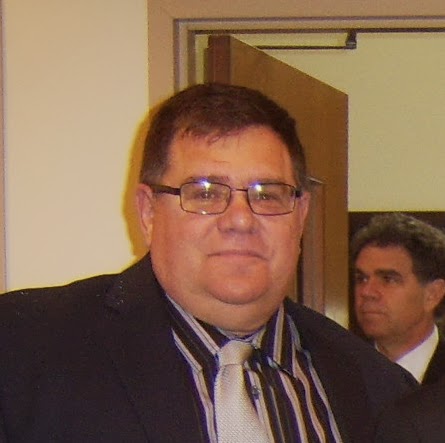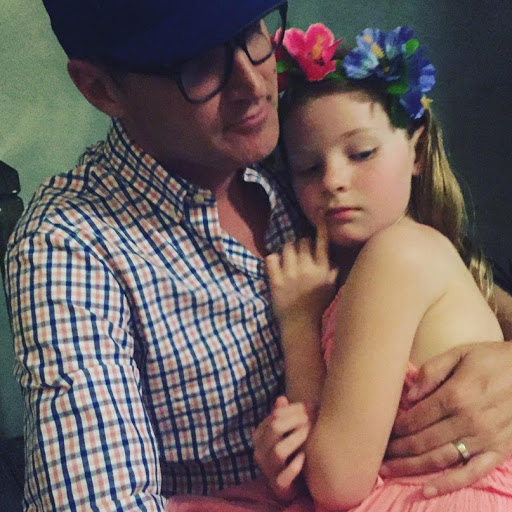David L Macpherson
Deceased
from Schenectady, NY
- Also known as:
-
- David Lcdr Macpherson
- David D Macpherson
- David I Macpherson
- David Z Macpherson
- Dave L Macpherson
- David Mac Pherson
- David Macphereson
- David Macpherso
- David Mac
David Macpherson Phones & Addresses
- Schenectady, NY
- Albany, NY
- 96 Kaydeross Park Rd, Saratoga Springs, NY 12866 • 5185848483
- Saratoga Spgs, NY
- Lansing, NY
- Charleston, SC
- Pearl City, HI
- 96 Kaydeross Park Rd, Saratoga Spgs, NY 12866
Work
-
Position:Service Occupations
Education
-
Degree:High school graduate or higher
Specialities
Buyer's Agent • Listing Agent
Resumes

David Macpherson
view source
David Macpherson
view source
David Macpherson
view source
David Macpherson
view sourceUs Patents
-
Gmti Ground Activity Sematic Reasoning Engine
view source -
US Patent:20140279820, Sep 18, 2014
-
Filed:Mar 11, 2014
-
Appl. No.:14/204850
-
Inventors:- North Syracuse NY, US
David L. MacPherson - Lansing NY, US -
Assignee:SRC, Inc. - North Syracuse NY
-
International Classification:G06N 5/02
G01S 13/66 -
US Classification:706 55
-
Abstract:The present invention is directed to a system that includes a semantic reasoning engine that is configured to convert radar track data into a directed graph representation (DGR) of the predetermined surveillance region and iteratively combine the DGRs to create a weighted directed graph (WDG) aligned and superimposed with the digital map data. The WDG includes first WDG elements corresponding to moving objects detected by a radar system. The WDG is compared to historical data to obtain a surveillance detection parameter. An alarm message is generated if the surveillance detection parameter deviates from the historical data by a predetermined amount. An output device is coupled to the semantic reasoning engine and is configured to provide a representation of the digital map data, the WDG and the at least one alarm message.
Isbn (Books And Publications)



Gwartney/Stroup/Sobel/Macpherson's Macroeconomics: Public And Private Choice
view sourceAuthor
David Macpherson
ISBN #
0324320345

Nonlinear Frequency Generation and Conversion: 29-31 January 1996, San Jose, California
view sourceAuthor
David C. MacPherson
ISBN #
0819420743




Name / Title
Company / Classification
Phones & Addresses
RENOVATIONCAPITAL LLC
EVERMAC MANAGEMENT COMPANY, LLC
THE PRO BUSINESS GROUP, LLC
THE ALPHA CONSULTING GROUP, INC
Myspace
Plaxo

David C. Macpherson
view sourceCorte Madera, CALaw Offices of David C Macpherson

David Macpherson
view sourceTallahassee, FL
Googleplus

David Macpherson

David Macpherson

David Macpherson

David Macpherson

David Macpherson

David Macpherson

David Macpherson

David Macpherson
Classmates

David MacPherson
view sourceSchools:
Hillcrest Middle School Glendale AZ 1990-1992
Community:
Christopher Martin, Christy Oberuc

David MacPherson
view sourceSchools:
Macfarland High School Bordentown NJ 1960-1964

David MacPherson
view sourceSchools:
Antigonish Regional High School Antigonish Swaziland 1975-1979
Community:
Judy Macneil, Betsy Macintyre, Ann Mac Eachern, Shelley Fraser, Joseph Chisholm

David MacPherson
view sourceSchools:
Antigonish Regional High School Antigonish Swaziland 1972-1976
Community:
Judy Macneil, Betsy Macintyre, Ann Mac Eachern, Shelley Fraser, Joseph Chisholm

David MacPherson
view sourceSchools:
Hunters Lane High School Nashville TN 1989-1993
Community:
Katonya Anderson, Jamie Miller

David MacPherson
view sourceSchools:
Macnaughton High School Moncton NB 1976-1980
Community:
Laurie Hebert, Darren Myers, Evan Blakney

David MacPherson
view sourceSchools:
Oak Bay High School Victoria Saudi Arabia 1978-1982
Community:
Susan Wilkinson, Patricia Tidbury, Joyce Reeves

David Macpherson
view sourceSchools:
Mutchmor Public School Ottawa Morocco 1967-1969, Ottawa New School Ottawa Morocco 1969-1970, Crestwood Elementary School Edmonton Azores 1970-1972, Crestwood Middle School Edmonton Azores 1972-1975
Community:
Stu Guthrie, Pat Weidenhamer, Paula Marvin, Laurie Cote

David Macpherson
view source
David MacPherson
view source
David MacPherson
view source
David Macpherson
view source
David Macpherson
view source
David MacPherson
view source
David MacPherson
view source
David Stephen MacPherson
view sourceFlickr
Youtube
News

Wisconsin's 'right to work' vote: A blow to income equality nationwide?
view source- With or without RTW laws, states across the US have seen union membership declining in recent years as a share of total employment, according to tracking by economists Barry Hirsch, David Macpherson, and Wayne Vroman, who wrote an article,Estimates of Union Density by State.
- Date: Mar 06, 2015
- Category: U.S.
- Source: Google

Union vote key, yet a challenge, to defeating Walker
view source- emocratic tilt, a trend fueled in part by the growing public-sector character of the union movement. In 2000, 42% of union members in Wisconsin were in the public sector. By 2011, that had risen to 55%, according to Unionstats, an online database maintained by scholars Barry Hirsch and David Macpherson.
- Date: May 31, 2012
- Source: Google

Most Ohio counties broadly reject Issue 2
view source- Clearly, the anti-Issue 2 forces appealed to more than just union households. Only 13.7 percent of Ohio workers are in unions as of 2010, down from 21.1 percent in 1990 and 37.2 percent in 1970, according to researchers David Macpherson and Barry Hirsch.
- Date: Nov 10, 2011
- Category: U.S.
- Source: Google
Get Report for David L Macpherson from Schenectady, NYDeceased














